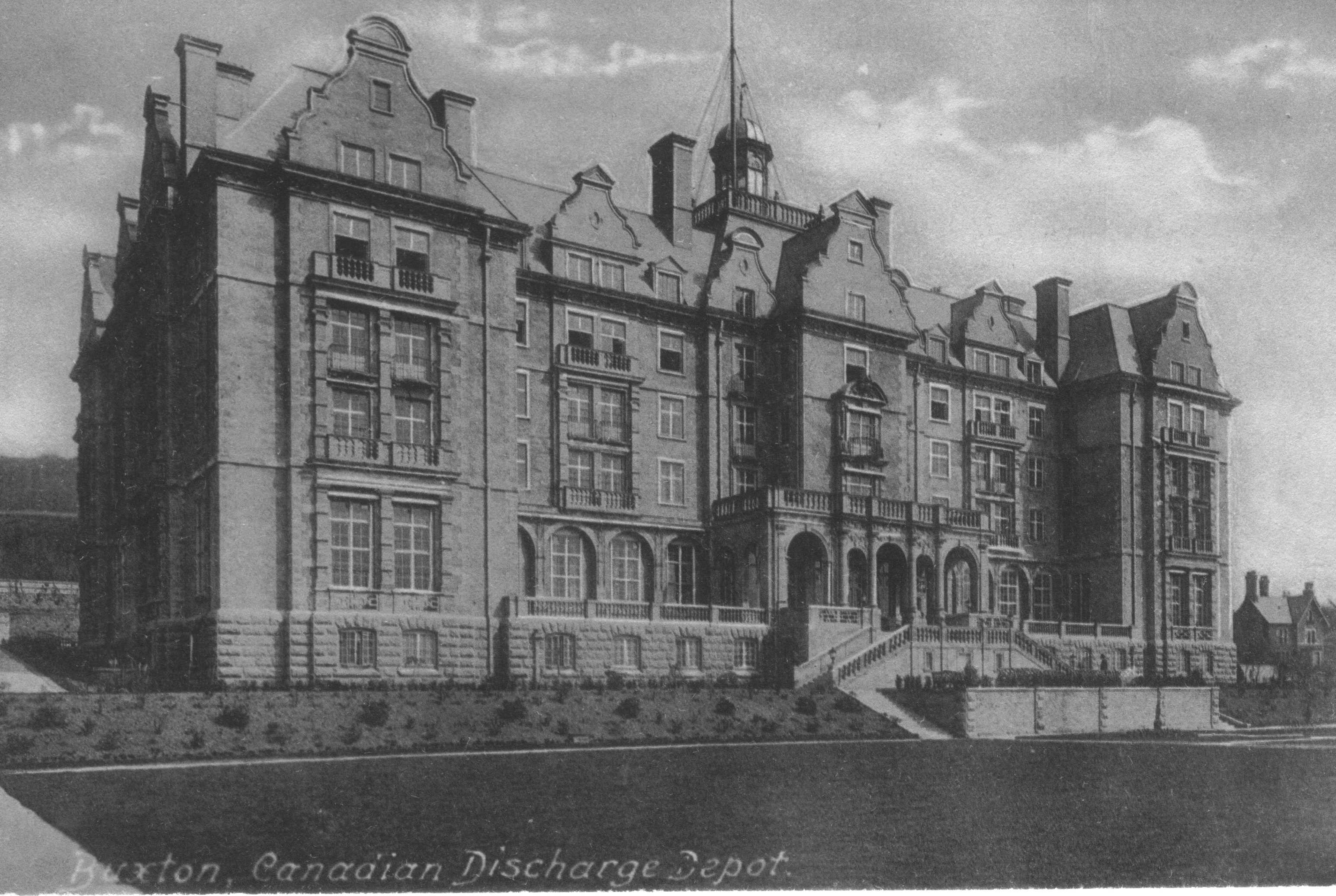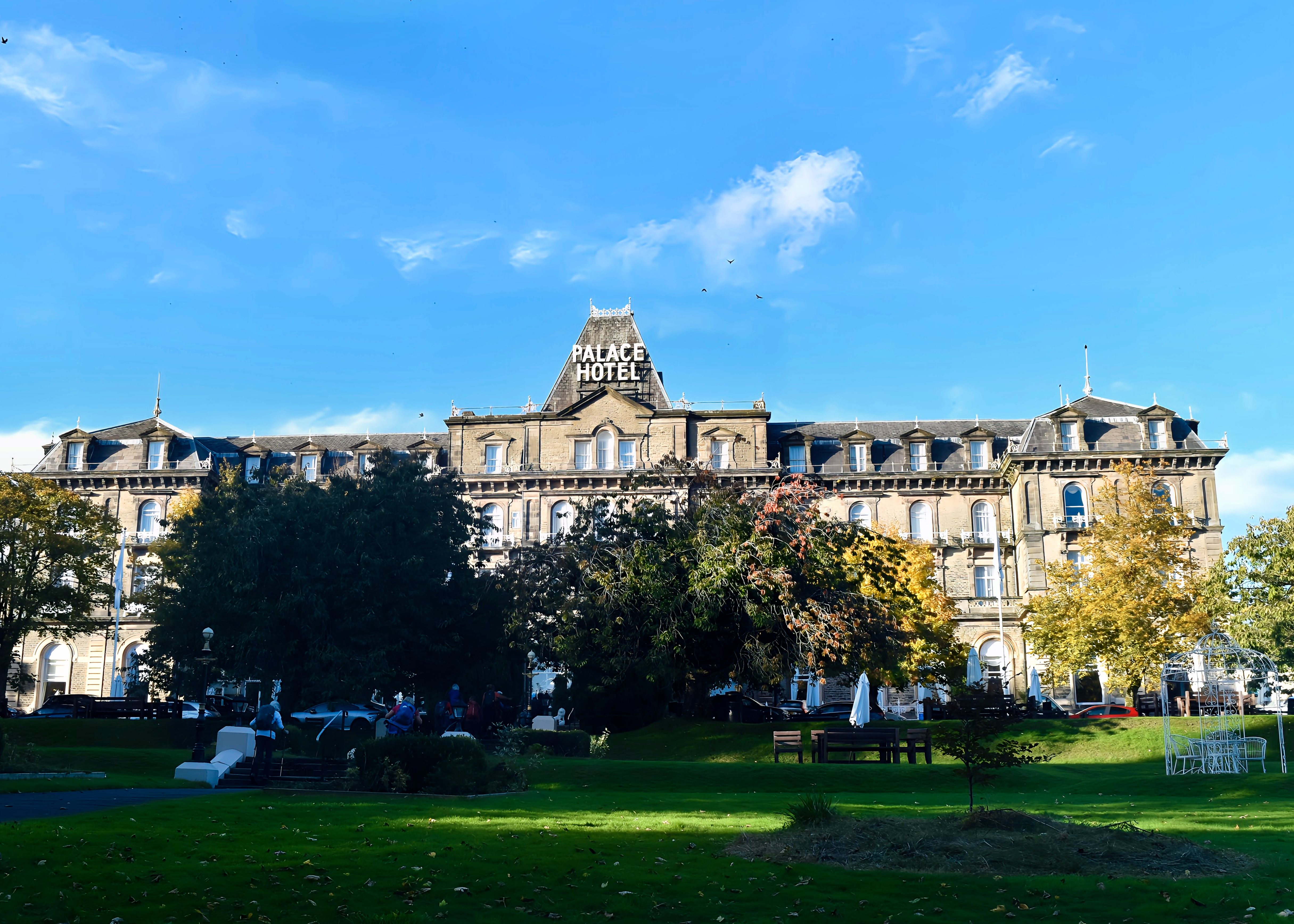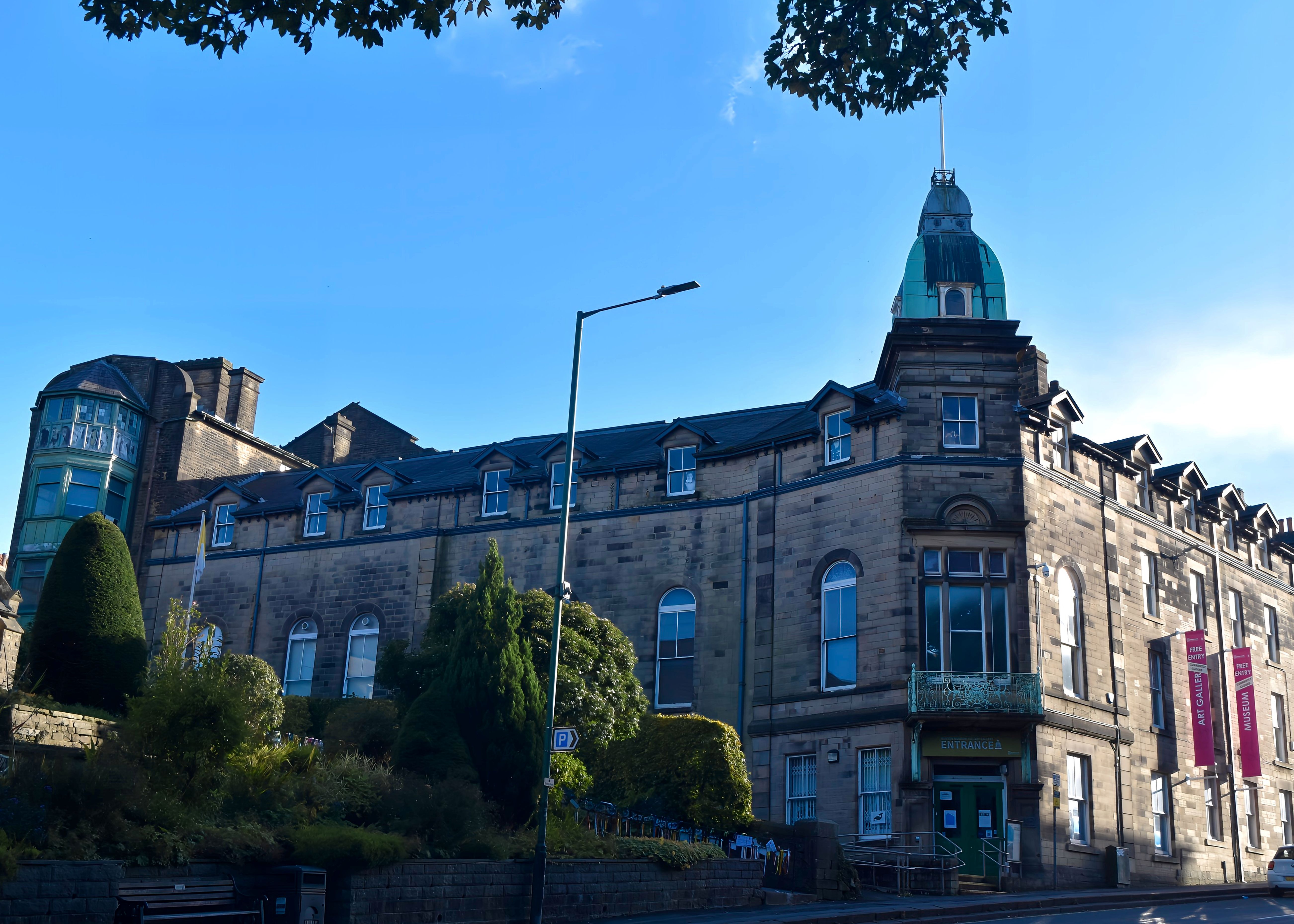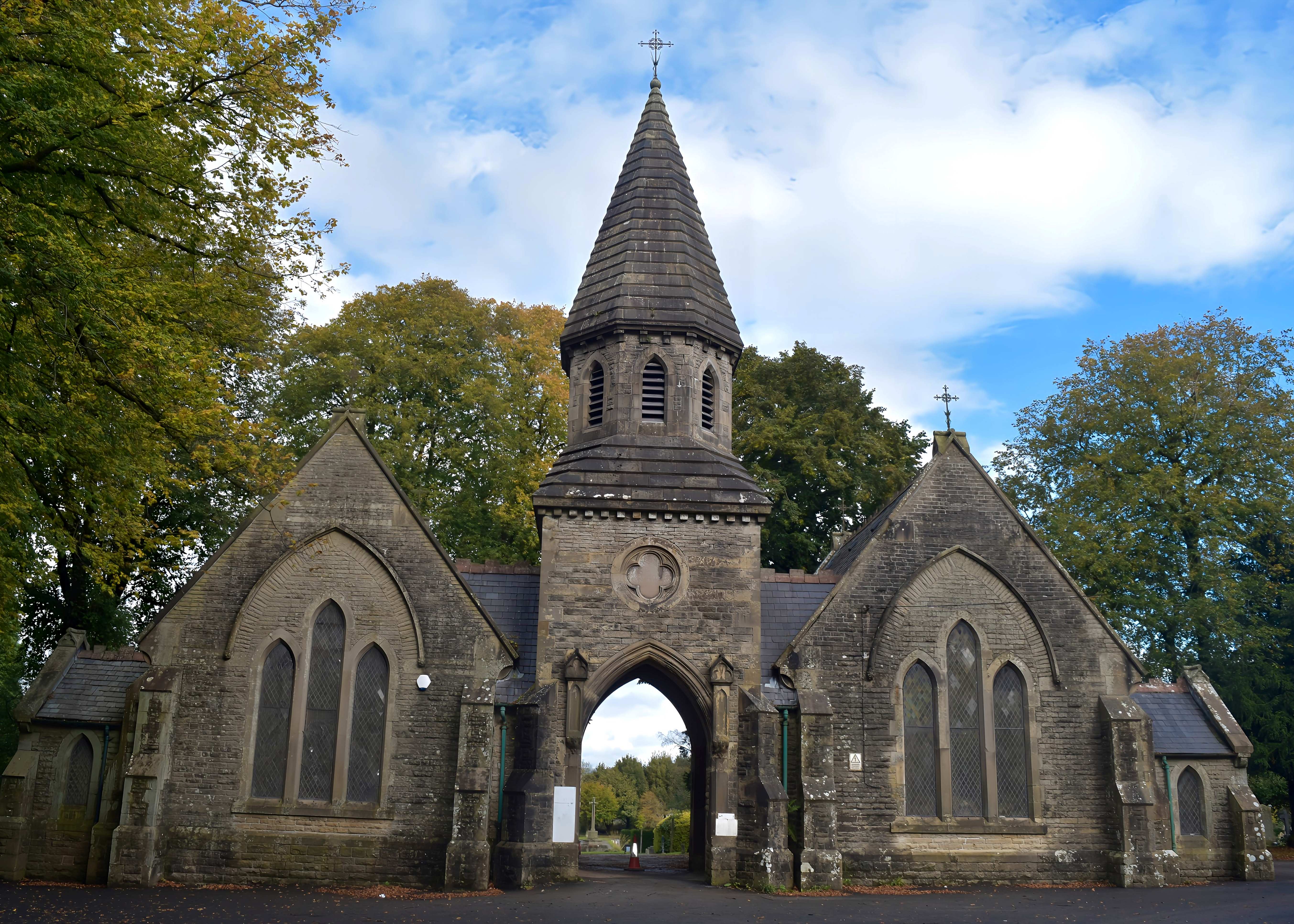New Publication. Maple Leaves in Buxton
We have just published "Maple Leaves in Buxton" Canadians in Buxton during World War One.

If you were to go back in time to the period 1916 1918, Buxton, a small town in the High Peak of Derbyshire, England sometimes known as "The Mountain Spa", would have been notable for the number of men and women in uniform. The First World War was at its most deadly.In Buxton there would have been local soldiers on leave from the front, British Army Engineers in training, wounded British soldiers and hundreds of Canadians. The Canadian sick and wounded soldiers their blue convalescent uniforms and red ties, the uniformed men of the Canadian Army Medical Corps and of course Canadian nurses. Located in Northern England, safely out of reach of German bombers and convenient for the port of Liverpool, Buxton's hotels provided a ready supply of accommodation and its bracing climate and thermal waters were thought to have medical benefits. So between 1916 and 1918, Buxton became the home to several Canadian Military Hospitals and to the Canadian Discharge Depot from where the medically unfit were sent home. Finally at the end of the war, the Discharge Depot became the place from where many of the Canadian troops who had served in England and on the Western Front were sent home. All told, probably more than twenty thousand Canadians passed through Buxton in that period. The Canadian Prime Minister, Sir Robert Borden visited the town . Future Nobel prize winner, Sir Frederick Banting who discovered insulin, was both a doctors and later a patient in Buxton Hospitals.

The former Empire Hotel became the Canadian Discharge Depot
The Canadians spread out everywhere , they played football at the Silverlands , cricket and baseball at the Cricket ground , basketball in the Pavilion Gardens (although they found it unsuited for roller hockey). They even established a purpose built toboggan run in the town. Canadian soldiers frequented concerts and film shows at the Opera House and the Hippodrome, and hung out at Collinson’s Café or the British Women’s Temperance Association canteen in Eagle Parade- not to mention the many local pubs. The Canadians published their own newspapers which they sold locally. Buxton shops began to cater for Canadian tastes, with local tailors specialising in Canadian Uniforms. Buxton people proved immensely hospitable in organising concerts, whist drives and other entertainment. Inevitably there were many romances, several Buxton women married Canadian soldiers and subsequently emigrated to Canada. At the end of the war, the Canadian Government donated Maple Trees to the town. by Summer of 1919, it was all over, the hospitals closed and all the Canadians went home, with the unfortunate exception of those who were buried in the town's cemetery.

The Palace Hotel, Buxton during the First World War it became the Granville Hospital Annex
David Roberts started writing this book around the time that Buxton Museum was forced to leave its home In the Peak Buildings on Terrace Road . The Peak Buildings were formerly the Peak Hydropathic Hotel , which was to become in 1916, the Canadian Special Red Cross Hospital. The building, requiring substantial work was put up for auction , and should now be refurbished and repurposed, but at least it has not been demolished.

The Former Peak buildings , Terrace Road Buxton which was the site of the Canadian Special Red Cross Hospital during WW1
The former Empire Hotel which was the Canadian Discharge Depot and the Spa Hotel, which was the Granville Special Hospital were not so lucky and were demolished many years ago. However, many of the other buildings mentioned in the book are still there , although people may not know of their wartime use. The Palace Hotel. which was an annex to the Granville Special Hospital is still there, as indeed are Northwood , the former Canadian Nurses Convalescent Hospital and Bishopsdale, the Canadian Nurses hostel. You can also still see many of the smaller hotels and large villas that were used to billet the Canadian Medical personnel or for offices. Around the town you can still see , the Cricket Ground on the Park, which the Canadians also used for baseball. the Octagon in the Pavilion Gardens, which was used for basketball if proving not so suitable for indoor roller hockey. Silverlands , the home of Buxton FC was once the site of keenly contested football matches between the Canadians and local teams. In the gallery there are selection of photos of locations linked to the Canadians in Buxton,
Of course Canada hit the news, while the book was in progress and it is worth pointing out the immense sacrifice which Canadians made on behalf of the British Empire. In Canada, 619,636 men and women were attested during the war and officially served in the Canadian Expeditionary Force. The women were all nurses; 3,141 enlisted and 2,504 served overseas. 51,748 soldiers and nursing sisters were killed in action or died of their wounds. 7,796 Canadians died of disease or were killed in accidents, the latter including everything from being kicked by horses, falling down stairs or being run over by vehicles. Canada’s total wartime military dead for those who served in a Canadian uniform therefore ranges from 61,122 (and 62,427 if Newfoundland is included) to 66,755 Canadians and Newfoundlanders listed in the Books of Remembrance. 172,950 members of the Canadian Expeditionary Force were wounded. Of this CEF total, 138,166 suffered non-fatal battle casualties, with the rest being accidents and injuries not associated with combat. . Statistics showed that 93 percent of those who reached medical treatment survived their injuries. Many of these wounded Canadians would have passed through Buxton hospitals. In addition, many thousands of Canadians who had been discharged from the service would have passed through Buxton.

The entrance to Buxton Cemetery
As mentioned Buxton Cemetery is the last resting place for thirty Canadians who died in Buxton between July 1916 and April 1919, most died of wounds, with a couple of tragic suicides and at least one unexplained death. Their graves remain tended by the Commonwealth War Graves Commission. A selection of photos from the cemetery can be seen here.
Hopefully this short volume preserves the memory of the Canadians who passed through Buxton and the hospitality of the local Buxton people,
Copies of the book are available at Scriveners Books in Buxton or to order from this site.